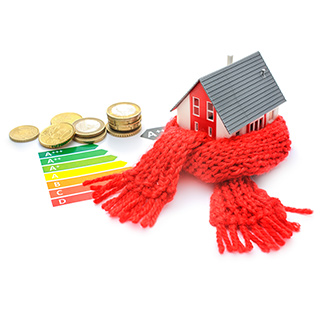
At the publication of its Annual Review 2018, the Climate Change Advisory Council chairman Prof John FitzGerald said the policies being pursued to try to reverse Ireland’s greenhouse gas emissions were inadequate. Ireland cannot meet targets to cut greenhouse gas emissions by 2020 and is completely off the course if it wants to achieve other carbon reduction goals. He believes that in order to decarbonise the economy by 2050, Ireland needs to produce 1 million fewer tonnes of carbon per year, which would require a complete reversal of the current trend.
Prof FitzGerald said “the problem is there isn’t a policy framework” to try to reach the targets. There was a need to increase carbon taxes to drive alternative energy approaches but this required cross-party consensus in a Dáil where the Government did not have an overall majority is problematic. Responding to the report, the Minister for Climate Action Denis Naughten said he shared the council’s frustration and that latest progressions on green house gas emissions were “deeply disappointing”. He said the transport and agriculture sectors and Ireland’s growing economy had “contributed significantly” to the increases but that the Government was “doing everything it can to ensure that we, as an absolute minimum, meet our 2030 target”. The council has called for an increase in carbon tax from €20 per tonne to €30 per tonne and Naughten has said the Department of Finance was finalising a review of the State’s carbon tax policy.
Key Figures in Ireland’s Emissions Record in Figures:
2 million tonnes – the current rate of annual increase in Ireland’s greenhouse emissions
1 million tonnes – the rate of annual decrease required to meet targets
0.7 million tonnes – the rate of increase in the energy producing sector
0.5 million tonnes – the rate found in both agriculture and transport
€20 per tonne – the current rate of carbon tax in Ireland
€30 per tonne – the level considered necessary by the Climate Change Advisory Council
€80 per tonne – the level considered necessary by 2030





